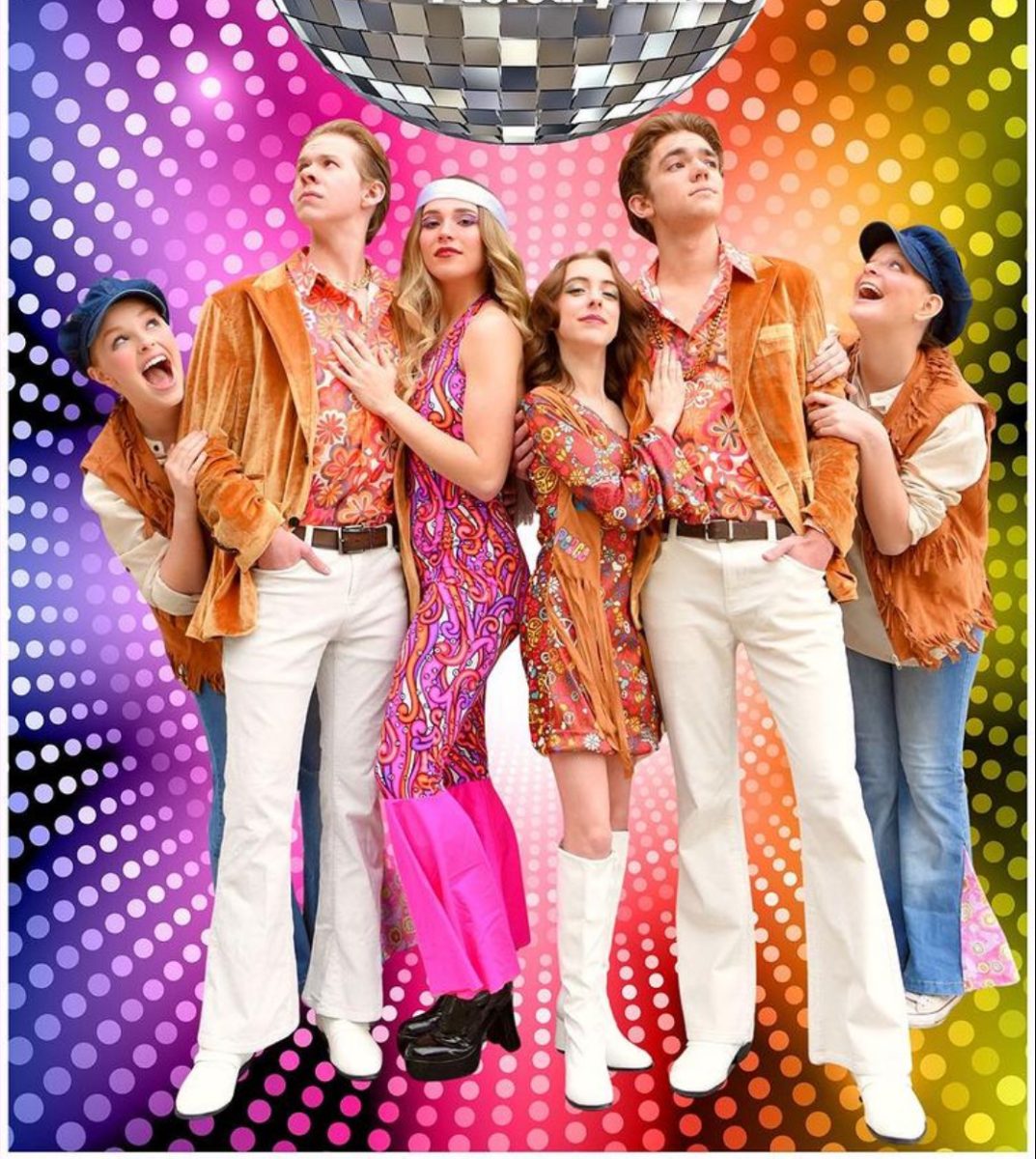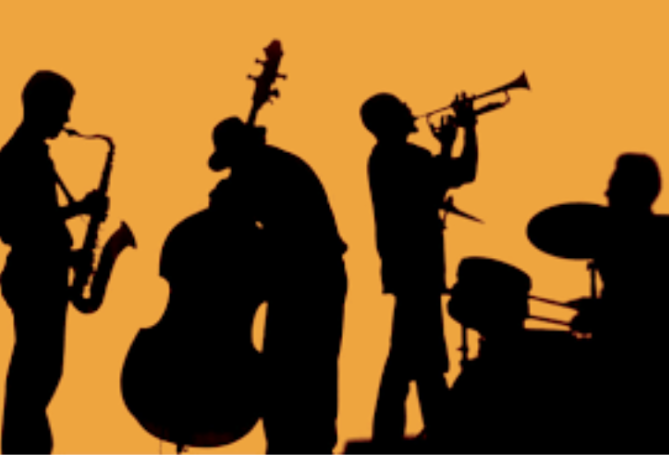When most people think of a dancer, they picture a ballerina flouncing around in a tutu. Dance has long been considered a very feminine sport, even though it was started hundreds of years ago by men when women weren’t even allowed to perform. Though it may seem sissy to some people, the truth about dance is that it is an extremely hard and physically exhausting sport that requires its athletes to be in top physical condition.
“I think it’s one of the most difficult sports out there. I’ve done track, soccer, baseball, swimming, and dance is just as hard if not a little harder,” said junior Devyn Warburton, who has been dancing at Brotherson Elite now for 9 years. “It takes flexibility, stamina, and strength. It compares to all other sports.”
Dancers may not be seen as athletes like pro basketball or football players, due to the beauty and elegance of their movements which masks the blood, sweat and tears that we’ve come to expect from other male athletes. The top highest vertical leaps recorded by the NBA range from 28 inches to a little less than 6 feet. However, talented male ballet dancers can leap 4 to 5 feet high with no running start, sometimes even more. Dancing can be even more physically and mentally demanding that football, basketball, or any other sport.
In some countries like Russia, the male dancers are considered the elite, like the male sports stars in the U.S. that little boys hang posters of in their rooms. The thought that dance is a feminine sport is not part of their upbringing, or culture. Here, however, it’s a different story and boys that choose to dance are often looked down on or made fun of. “It has gotten better as I’ve gotten older, but when I was younger they were ruthless,” said Warburton. “I told them it doesn’t matter what they think, it’s what makes me happy.”
Junior John Clark, who has danced at UDA for over a year now, has experienced similar problems. “When I first started there was one other guy in there with me but I still felt a little insecure about it,” he said. “In the American male mind if you dance you are considered less of a man or thought to be gay (which I’m not) and because of that my dad didn’t support me doing it.” No amount of teasing or judging can make boys like Devyn and John give up on dance though, “It’s gotten better because I love doing it, it means the world to me…I do get picked on by my peers but I usually just laugh it off because I do what I love and no one can make me give up on my dreams because they don’t like it,” said John.
Dance can really teach children, and especially young boys, some very valuable skills. It has been proven that dance helps boys gain greater flexibility, better coordination, build strength and endurance, develop motor skills, improve discipline and focus, improve balance, have greater self-esteem and confidence, become a better team player, have better posture, be able to express themselves better, and more. Most boys are naturally competitive and perform well, and dance could be a great energetic outlet for them. Riley French, another dancer UDA, said because of dance “my balance is so much better, and I can finally touch my toes! I also think I appreciate dance more. “
Dance really is an amazing sport and art, for both boy and girls to express themselves though and enjoy. “My favorite thing is being able to express how I feel and being able to be the real me without worrying what other people think. When I dance I’m truly free and happy,” said John.







